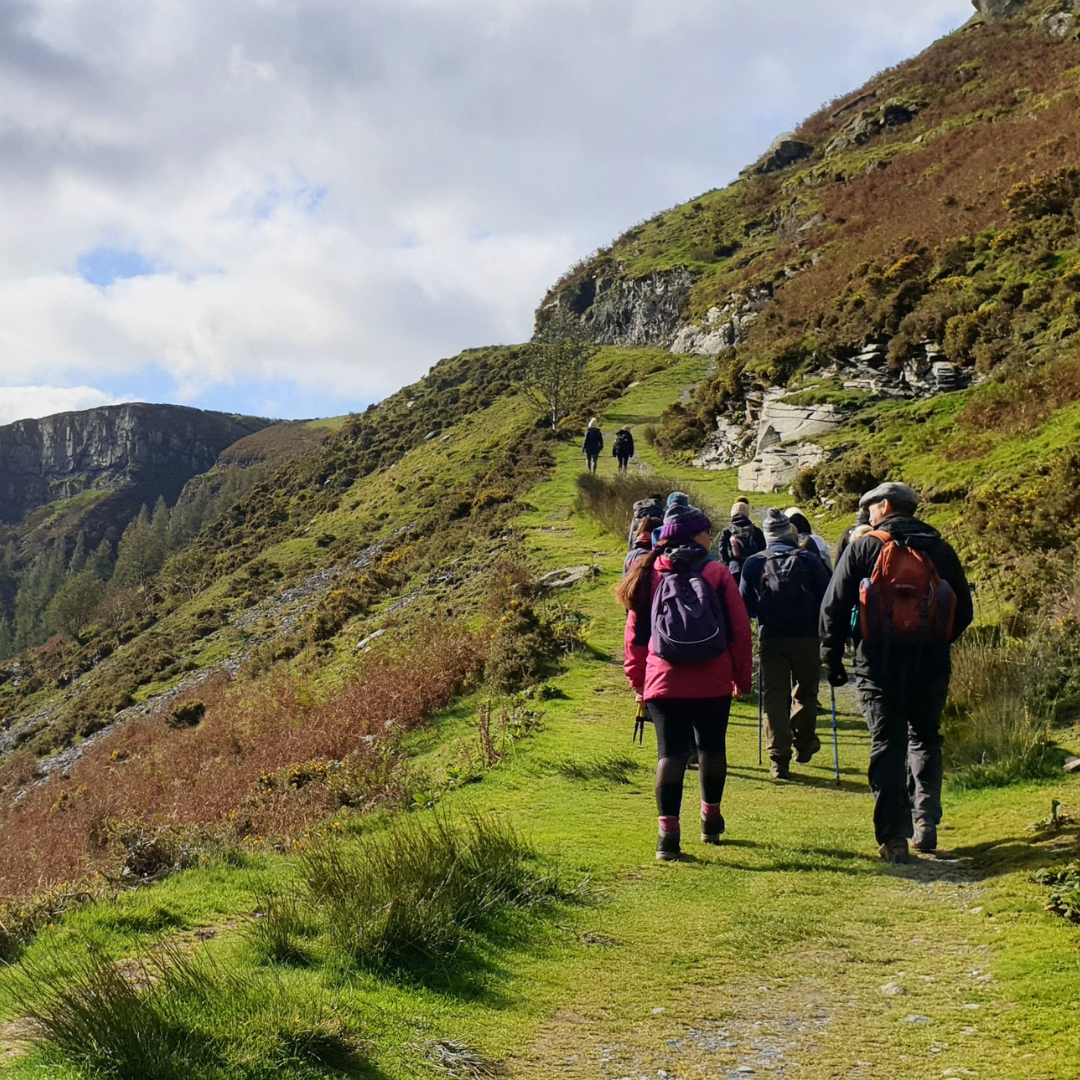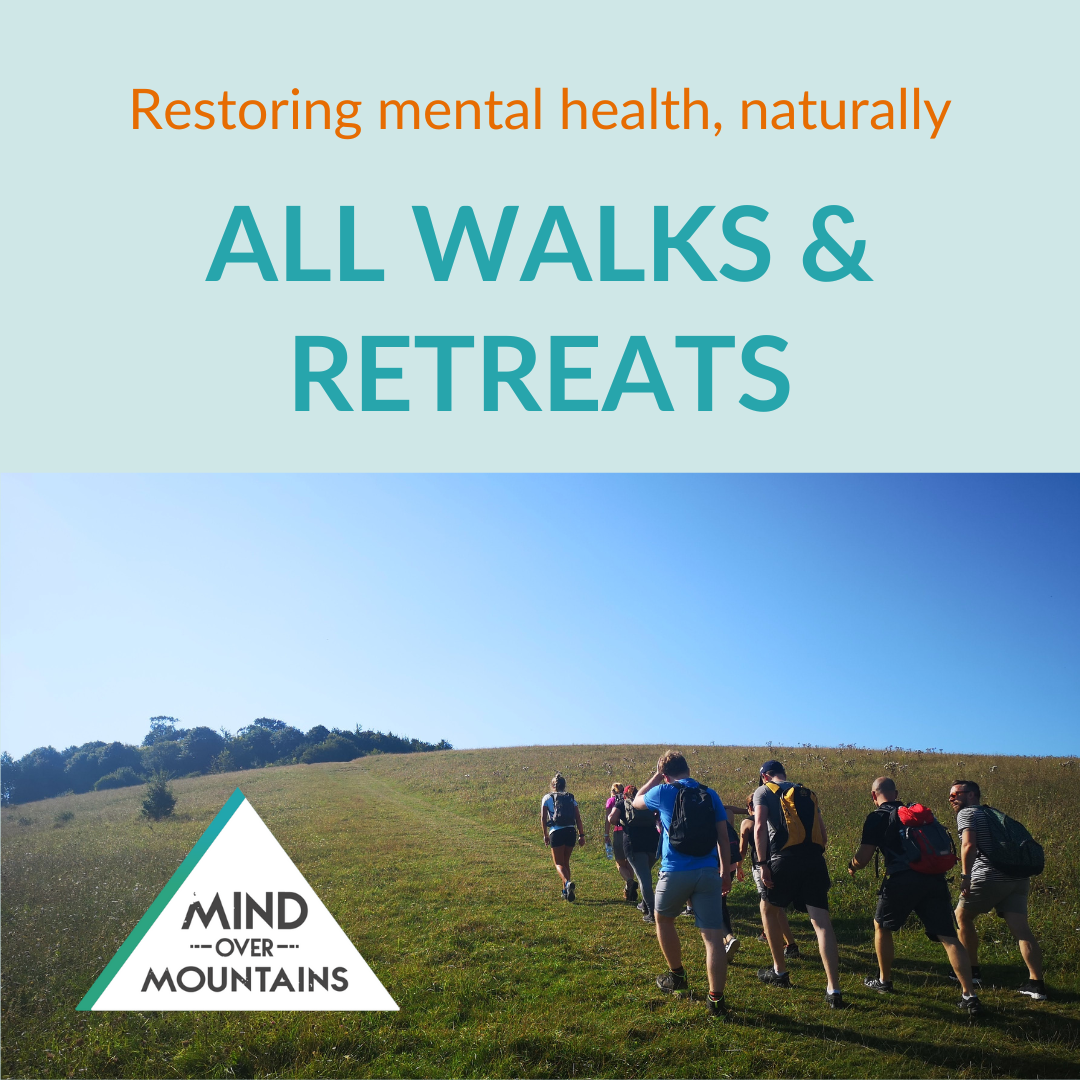
Forest bathing is a simple yet powerful way to connect with the natural world, a mindful practise that can be done fairly easily by all abilities. Here are a few tips to get started with forest bathing, and to get the most out of your time with the trees.
What do you know about Shinrin-yoku, or forest bathing? Originating in Japan, it’s gaining in popularity amongst those who crave time away from urban settings, to reconnect with nature and take some time away from the stresses of life. Let’s delve a little deeper into the practise, and the physical and emotional benefits it could bring you.
The origins of forest bathing

Forest bathing is a fairly new concept, developed in the 1980s by doctors in Japan. The government at the time wanted to combat the stresses of modern life, and promote deeper connections with the natural world as a way to do this.
Shinrin-yoku literally translates as ‘taking in the forest atmosphere’, or ‘forest bathing’, and in its essence it encourages people to fully immerse themselves in the forest environment. To do this, and to get the full benefits, you need to engage all five senses.
But how exactly does forest bathing help reduce stress and improve mental fitness?
The benefits of forest bathing
Researchers have conducted various studies into the health benefits of forest bathing, and the results are clear: it really does help enhance physical and mental wellbeing. And here’s how:
Reduced Stress Levels
When we're stressed, the body produces a hormone called cortisol. This is normal; we need cortisol for many different functions within the body. But when we’re chronically stressed, levels of cortisol can be too high for too long, and the effects can be detrimental to physical and emotional, health.
A study carried out in 2019 found that spending time in a forest environment can significantly reduce cortisol levels compared to urban environments. And further studies have shown that even the promise of time spent in a forest can reduce cortisol levels.

Reduced Anxiety & Depression
It make sense. Being in nature is known to have positive effects on anxiety levels and low mood - and according to this study, the longer your forest bathing sessions the better.
In particular, researches noted the role that the sounds of the forest can play on mental wellbeing:
“Auditory stimulation by the forest, such as the sound of leaves shaking in the wind, singing birds, and the sound of flowing streams, can contribute to psychophysical relaxation and stress recovery”
Other notable mental health benefits include an increase in happiness, better concentration and clarity, and increased creativity too.
Enhanced Immune Function
Who knew that being in a forest could boost the immune system and help to fight Illness? Japanese scientist, Qing Li, conducted a study in 2010 and found that the Phytoncides that trees release, combined with a reduction of cortisol, contributes towards an increase in NK activity.
What does this mean? NK cells are natural killer cells - a type of white blood cell that forms part of the immune system. They work to destroy cells with viruses or tumours, so it’s really important to have a healthy number of them within the body.
Similarly, this research from Nippon Medical School in Tokyo showed that forest bathing increases the activity of NK cells by up to 50%.
Lower Blood Pressure
Yes, really. This study found that forest bathing has the potential to lower blood pressure significantly, and participants were able to maintain those lower levels for five days. Impressive!
Get started with forest bathing

Wondering where you sign up? Here are a few tips to get started with forest bathing, and to get the most out of your time with the trees.
- Choose the Right Location: Find a quiet forest or wooded area where you can walk or sit without distractions. National parks, nature reserves, and botanical gardens are excellent choices.
- Unplug from Technology: Leave your phone, camera, and other devices behind. The goal is to disconnect from the digital world and reconnect with nature.
- Engage Your Senses: Take deep breaths to inhale the forest air. Listen to the sounds of birds, rustling leaves, and flowing water. Observe the colours and textures around you. Touch the bark of trees and the softness of moss.
- Move Slowly: Forest bathing is not about hiking or covering long distances. Walk slowly and mindfully, allowing yourself to be fully present in the moment.
- Sit and Reflect: Find a comfortable spot to sit and simply be. Reflect on your surroundings and let your mind wander naturally.
- Practice Regularly: Make forest bathing a regular part of your routine to maximise its benefits. Even short, frequent visits can have a profound impact on your well-being.
Forest bathing is a simple yet powerful way to connect with the natural world, a mindful practise that can be done fairly easily by all abilities. Take a look at Forestry England’s ‘Find a Forest or Woodland’ page to locate your nearest forest. And enjoy!









